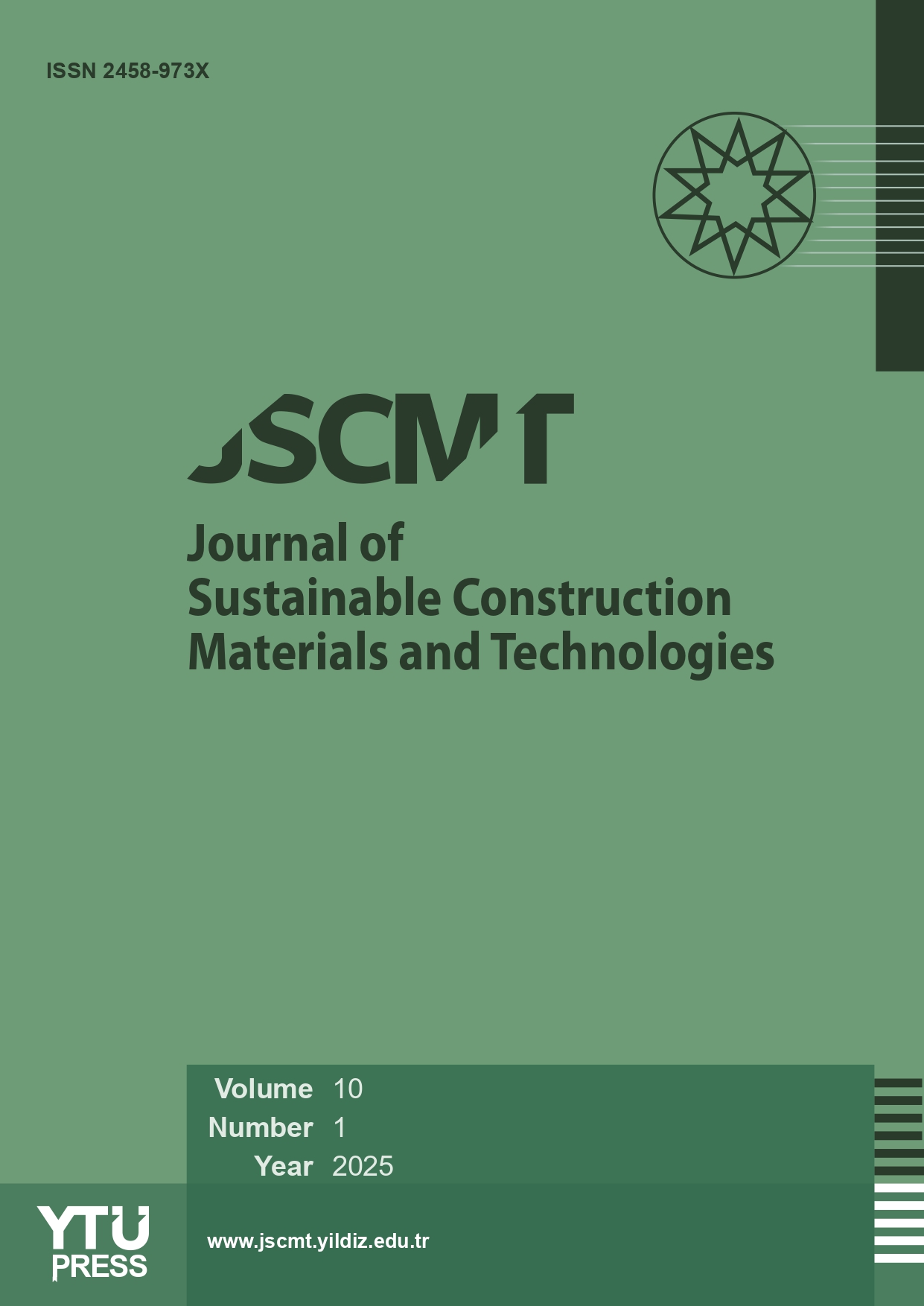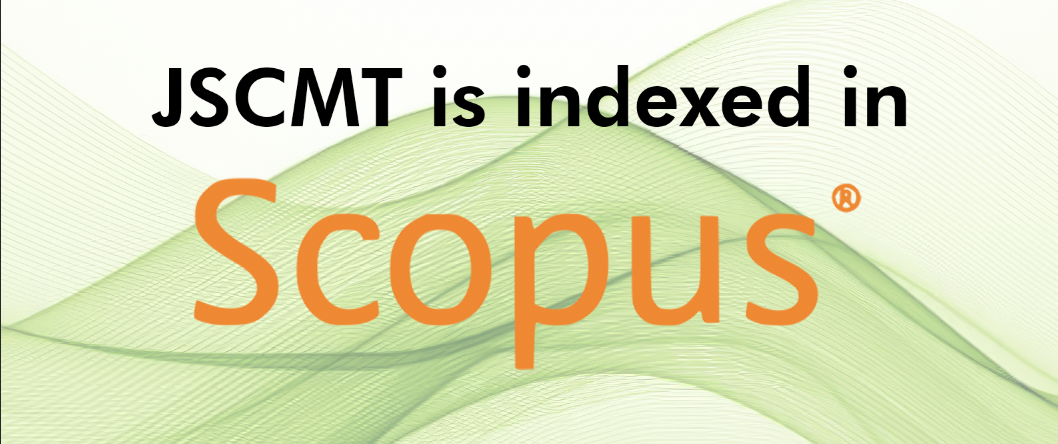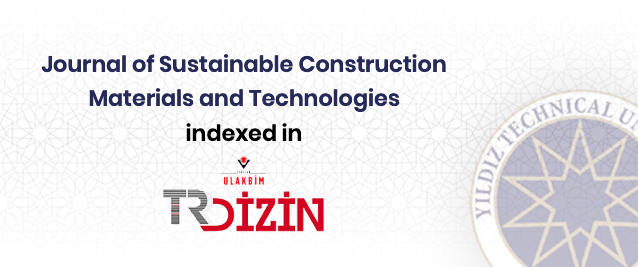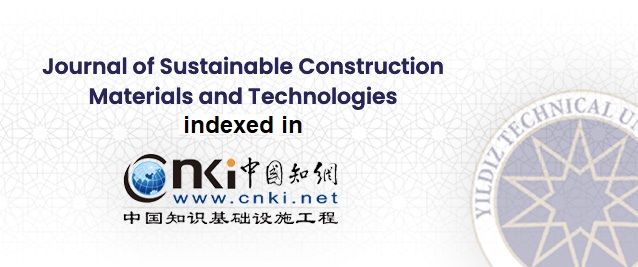2Department of Statistics, Yıldız Technical University Faculty of Arts and Sciences, İstanbul, Türkiye
Abstract
Clustering analysis primarily highlights the inhomogeneity of data and can be utilized instructural engineering to demonstrate strength irregularity. It is well-known that strength irregularity between neighboring floors within a structure or among structural elements canlead to non-holistic behavior. Therefore, the clustering of compressive strength holds significant importance. Despite the relevance, only a few studies have addressed the clustering ofcompressive strength in recycled aggregate concrete (RAC) and proposed potential solutionsfor clustering issues. This paper aims to investigate the clustering of compressive strength inRAC and explore viable solutions. In this experimental study, four concrete groups were produced under standard conditions. The first group included natural aggregate concretes (NAC)designed with the Absolute Volume Method (AVM) as control concretes. The second group,comprised of RAC, was designed with the equivalent mortar volume method (EVM) as the control RAC. The third group consisted of RAC treated with silica fume (SF) and designedusing AVM, while the fourth group included RAC designed with EVM. Statistical analyseswere conducted on the 28-day compressive strength test results. The results indicated that thestrength class of compressive strength clusters varied among the four groups. The clusteringof test results was influenced by the type of concrete components used and the design methodemployed. Additionally, using silica fume and adopting the Absolute Volume Method reducedstrength fluctuation and regulated the strength class of clusters by bringing them closer together. In contrast, the Equivalent Mortar Volume Method resulted in a greater dispersion ofstrength classes. The clustering effect of recycled aggregate (RA) was more pronounced thanthat of natural aggregate (NA). Given these findings, it is essential to implement measureswhen utilizing RAC in sustainable structures to address potential clustering issues.
















